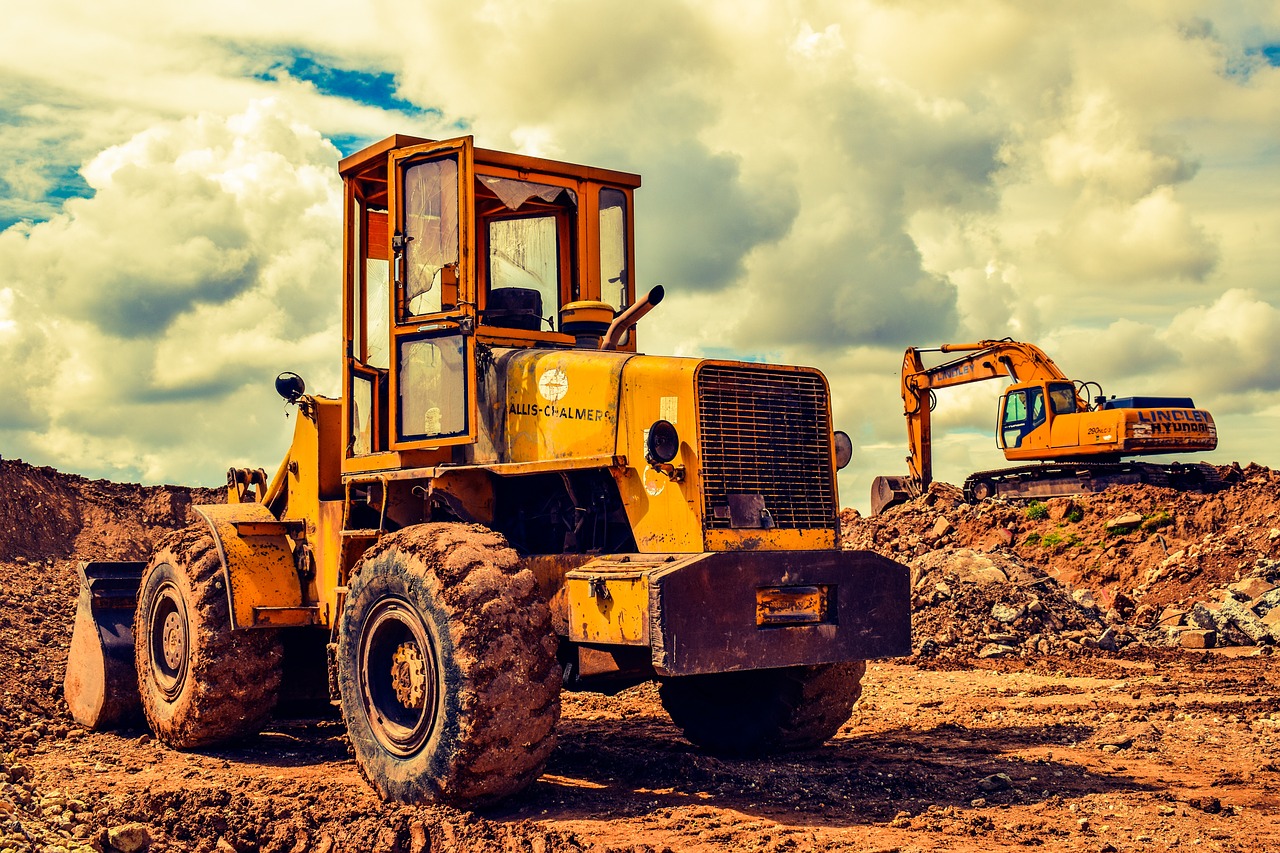Whether you’re handling a small-scale or large construction project, you know that you can’t start the job without the necessary construction equipment. After all, power shovels, cranes, and bulldozers are specially designed to execute construction tasks that involve a lot of power and heavy lifting. However, you don’t need to use every type of construction equipment for your project. That’s why, before looking for machines like a Kubota excavator for sale or rent, it’s good to be familiar with the different types of construction equipment used in a worksite.
There are around 14 classifications of construction equipment. However, for this article, we’ll only be focusing on the three common types.
1. Earth-Moving Equipment
Like what the name suggests, earth-moving equipment are machines that are used to excavate and grade soil and rock. However, many of today’s earth-moving machines have multiple functions, so they can also be used to speed up demolition jobs.
The following are the three most common earth-mover machines used in construction sites:
- A machine with a long bucket arm that’s used to shovel dirt or lift heavy pieces of machinery.
- Believed to be the most heavy-duty machine used in construction, it’s designed to shift large amounts of dirt on sites. It’s also easily identifiable due to its huge blade at the front.
- The backhoe is best used for smaller jobs that need to be completed in restrained spaces. It’s designed to shift dirt, position pipes into places, and shovel trenches. Because of its size and versatility, it can be used in suburban areas. Also, you greatly benefit from Wide Flanged Beams.
2. Material Handling Equipment
Machines that fall under this category are mainly used for the storage, movement, and control and protection of materials. As a result, material handling equipment plays a key role in a project’s logistics.
Three of the most common material handling equipment you’ll find on a worksite include the following:
- A device used for raising or lowering equipment and passengers. Typically, hoists are powered by diesel engines, but you can find hoists that run on electricity or operated by hand.
- Also known as tower cranes, this piece of equipment is used to move, lift, and lower heavy materials horizontally.
- Although forklifts are often used for warehousing, there are a variety of forklifts specifically made for construction. These types of forklifts have heavier load capacities and can be much larger than the ones used in warehouses.
- Use formwork and falsework when dealing with concrete structures. Formwork provides the temporary moulds used to shape and support poured concrete until it hardens. Falsework offers the necessary scaffolding and bracing to keep those molds in place.
3. Construction Vehicles
There are other types of construction vehicles that aren’t necessarily used for heavy lifting. Some are made to help keep operations running smoothly.
Examples of these kinds of construction vehicles include the following:
- Road Tanker. Carries dry bulk cargo, liquefied loads, or gas.
- Tipper Truck. Carries and unloads materials (like gravel) by tilting its rear platform.
- Dump Truck. Similar to a tipper truck but has a larger steel cargo box used to haul road construction or maintenance materials.
Although this list doesn’t encompass every category, it makes a great introduction to the three common types of machines used in worksites. By getting to know the equipment you’ll most likely use in your projects, you’ll make the right decisions in choosing which equipment works best for the task.
Guest Contributor: Briana Jones







